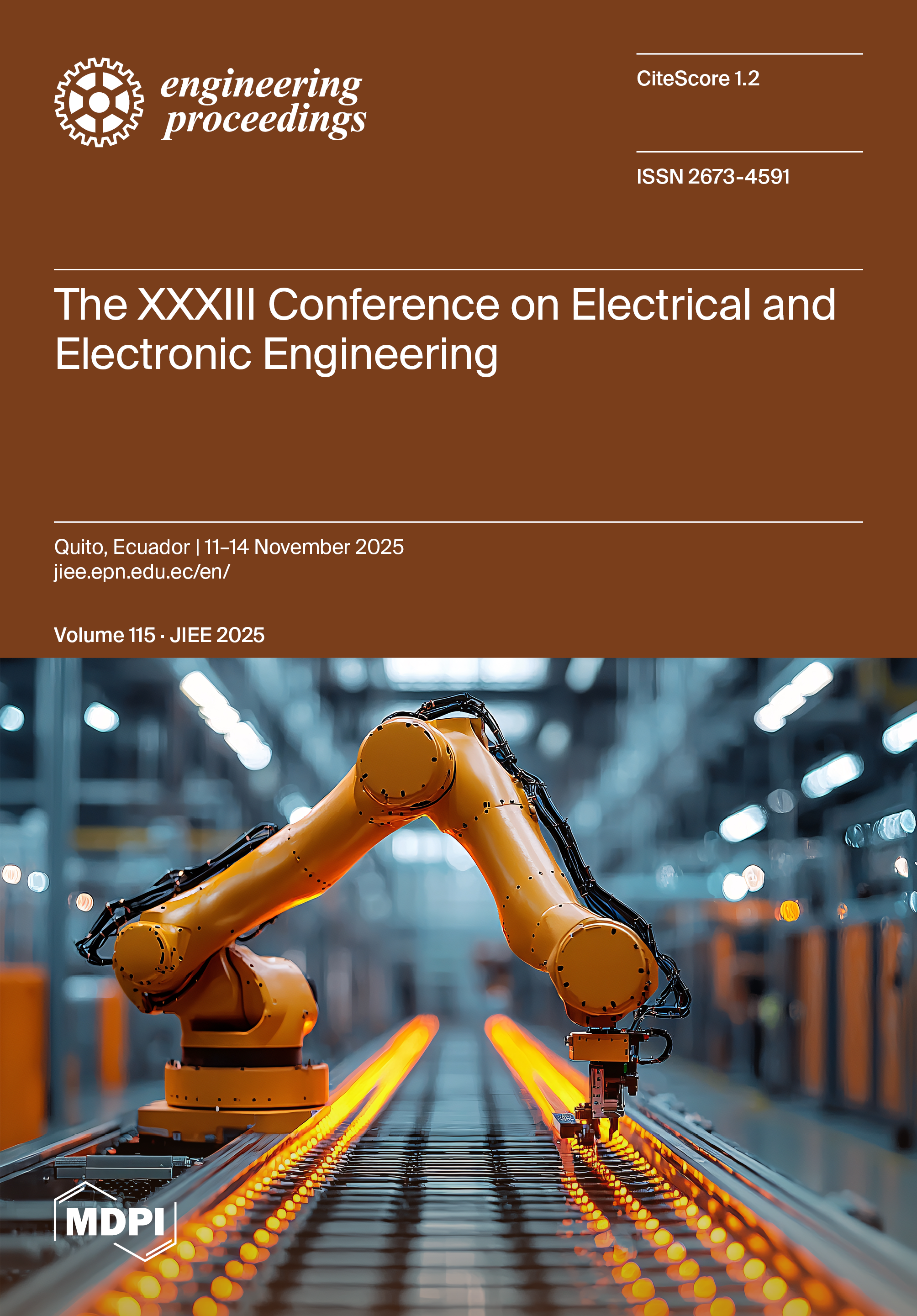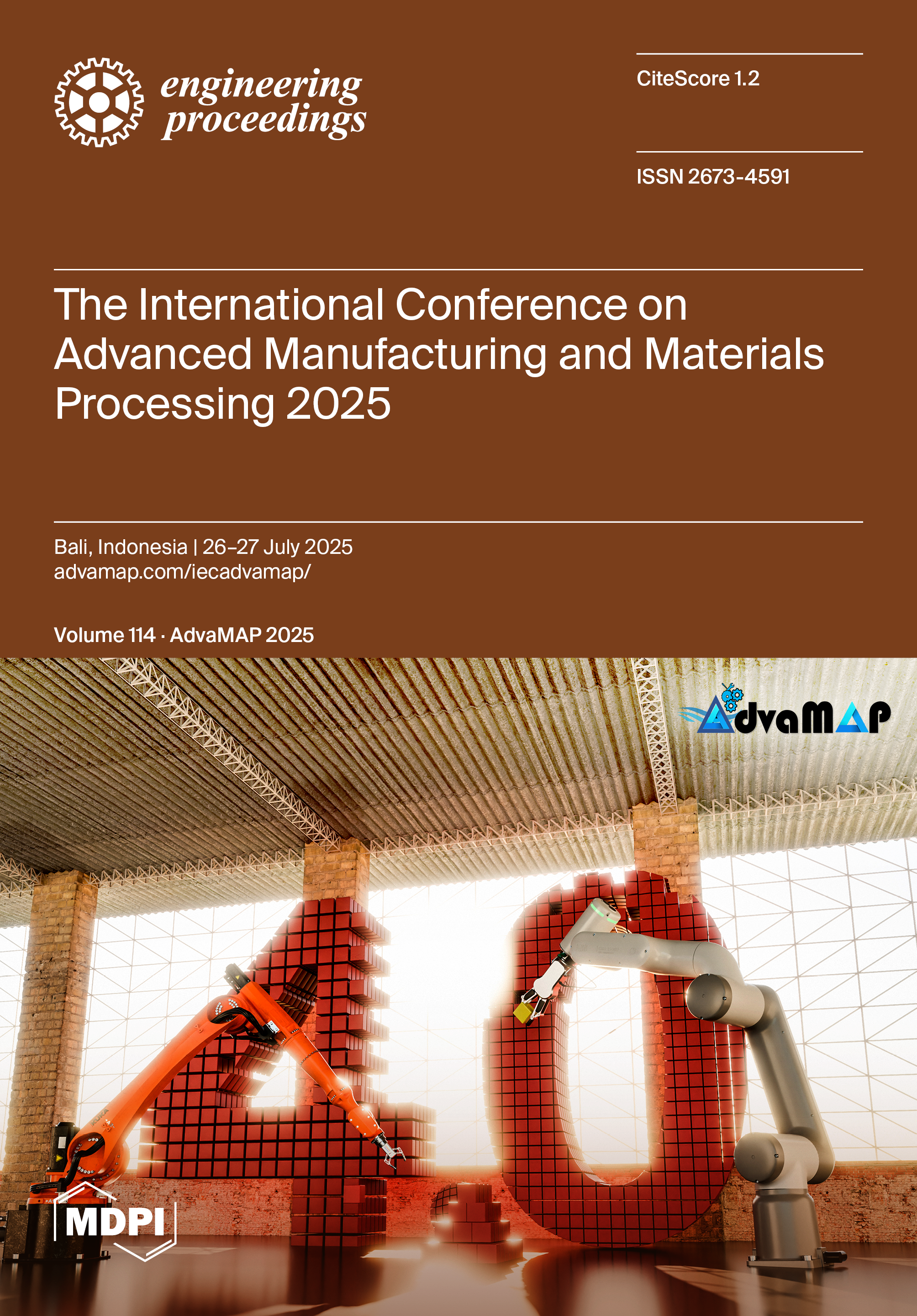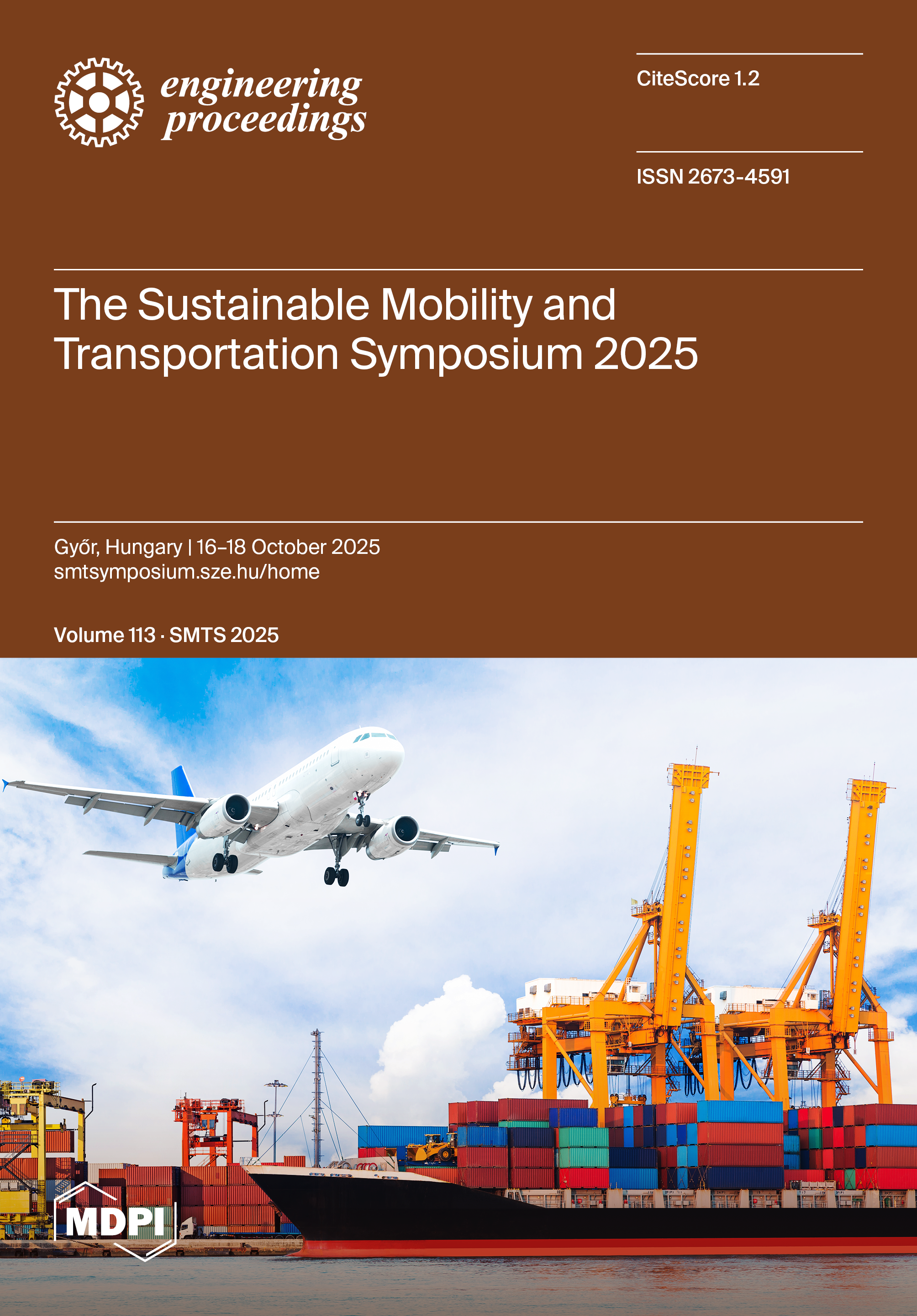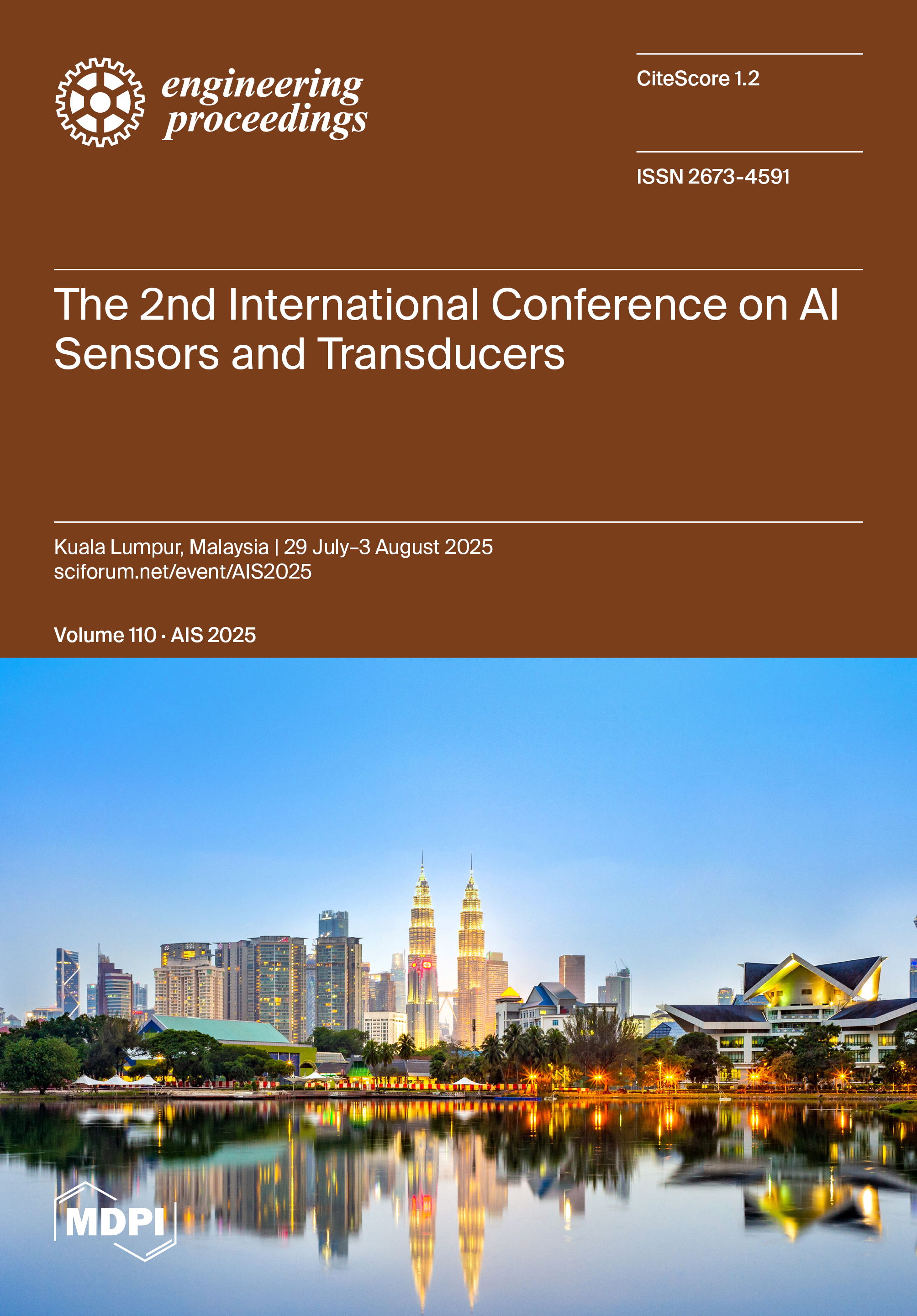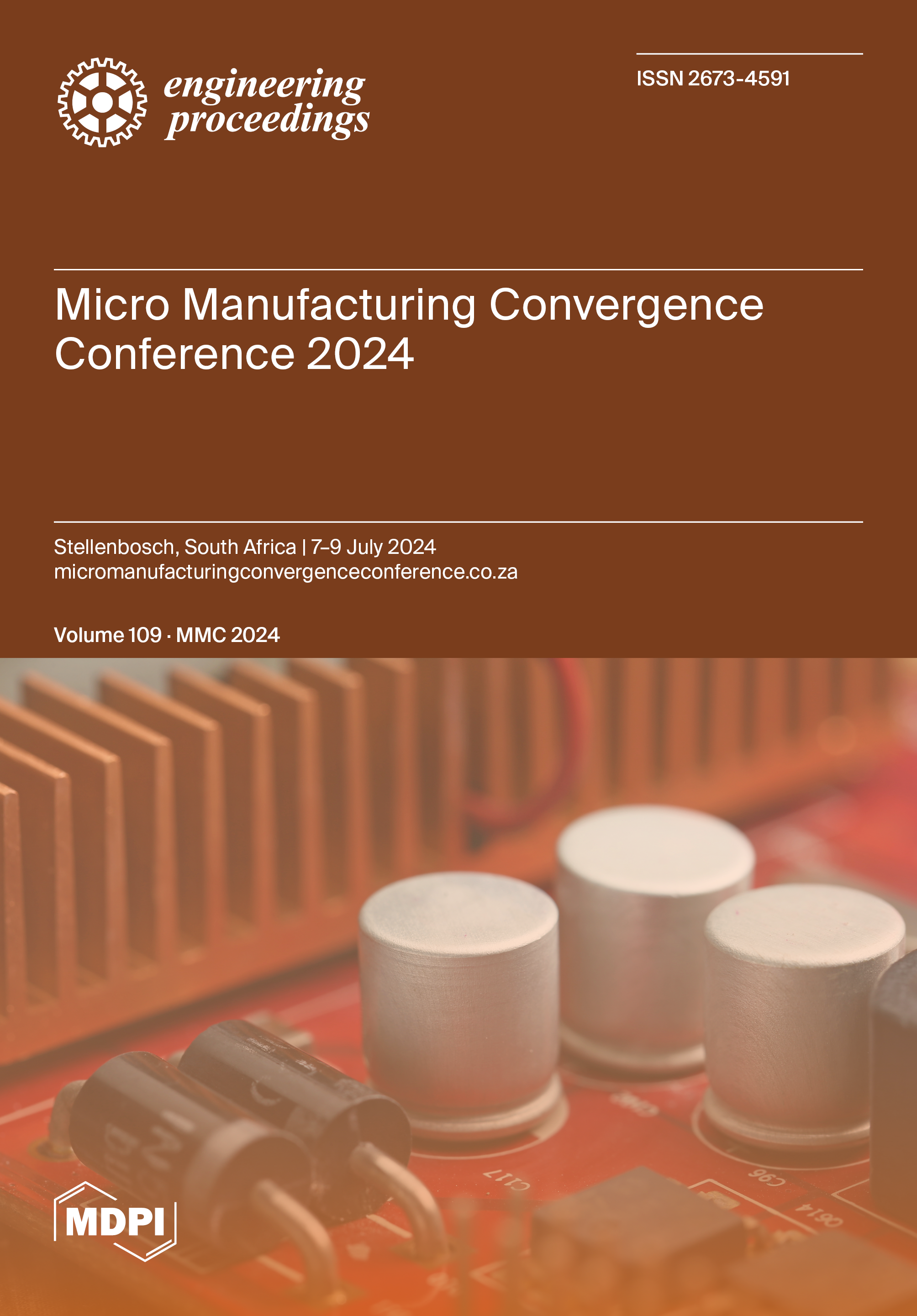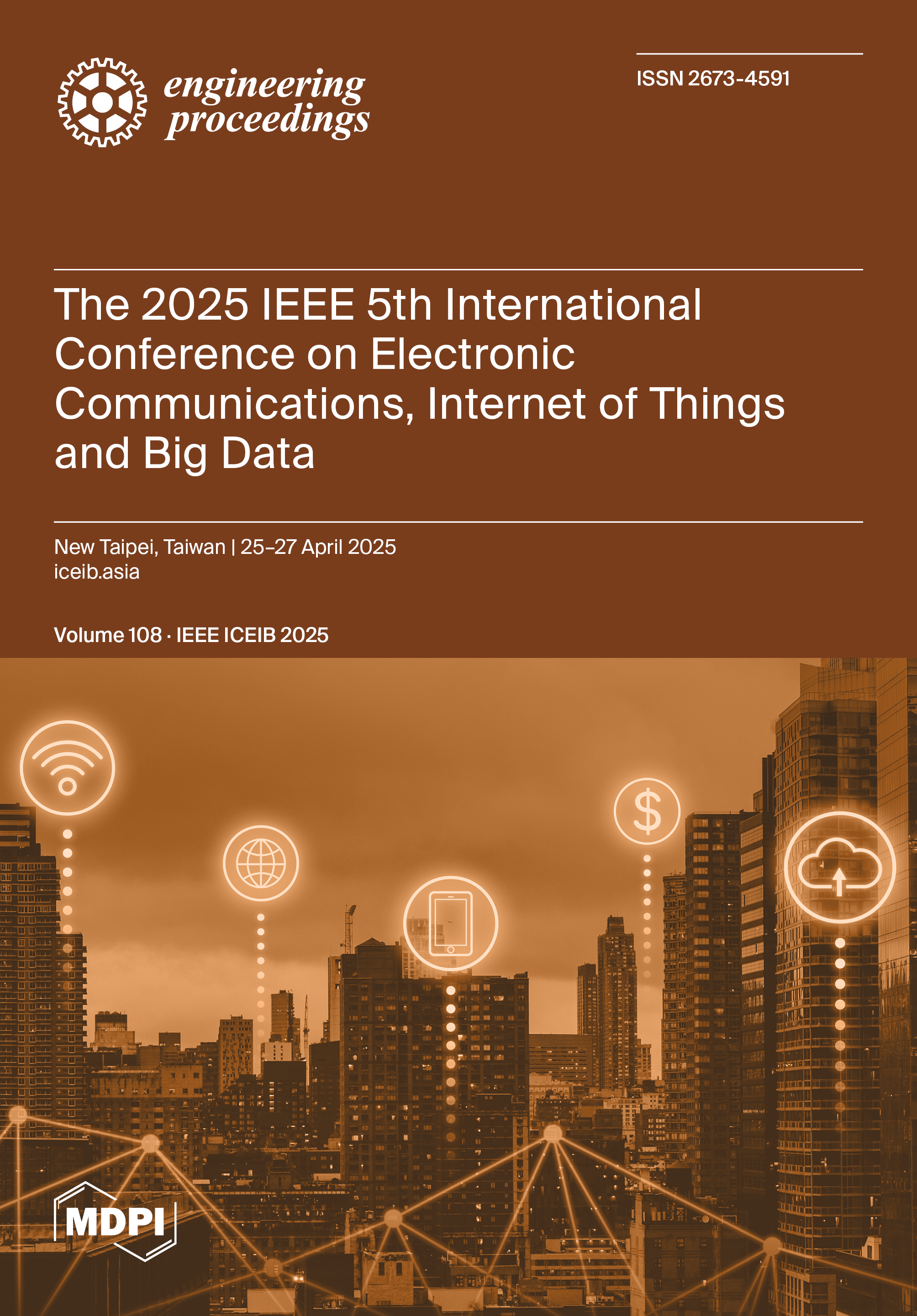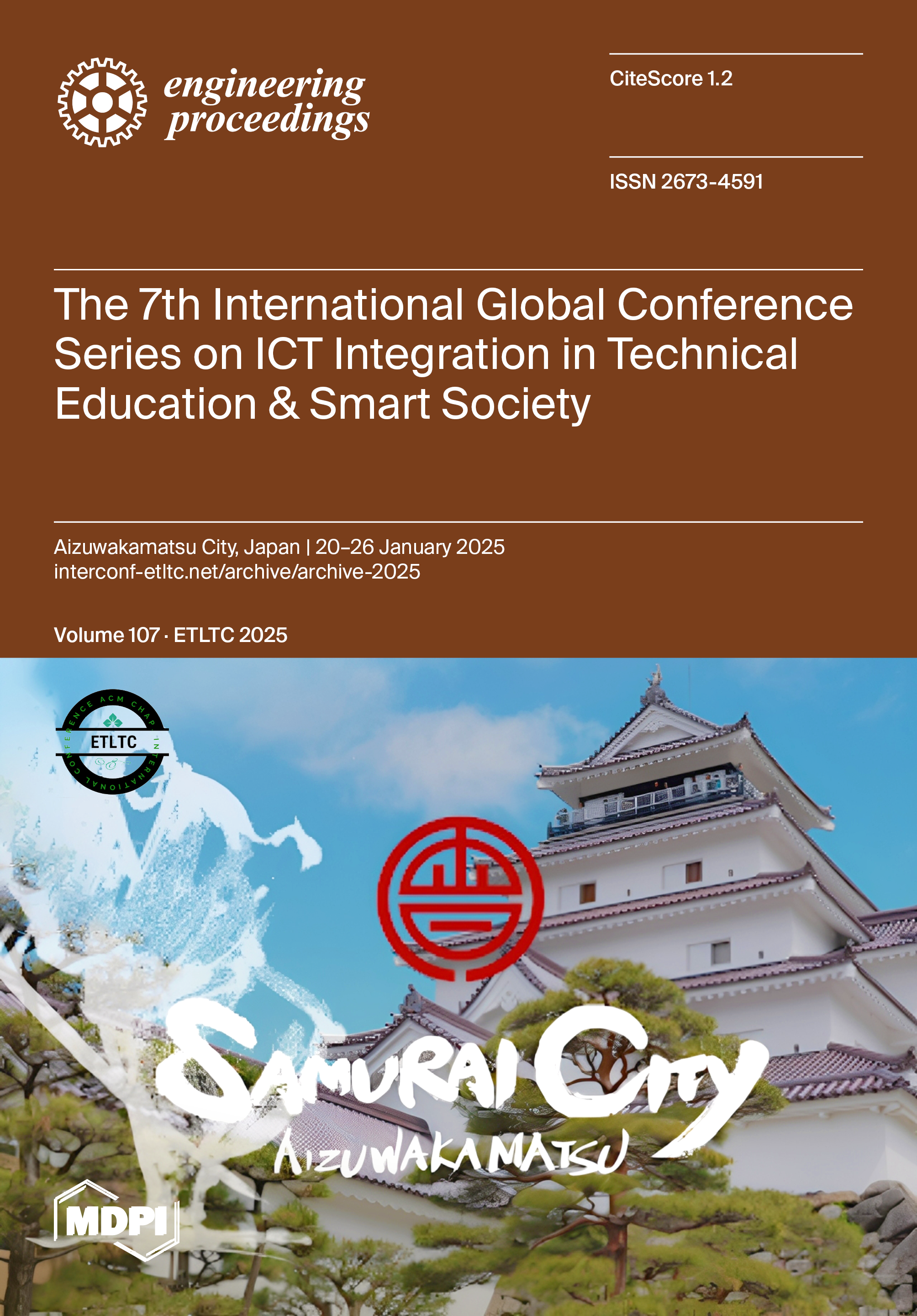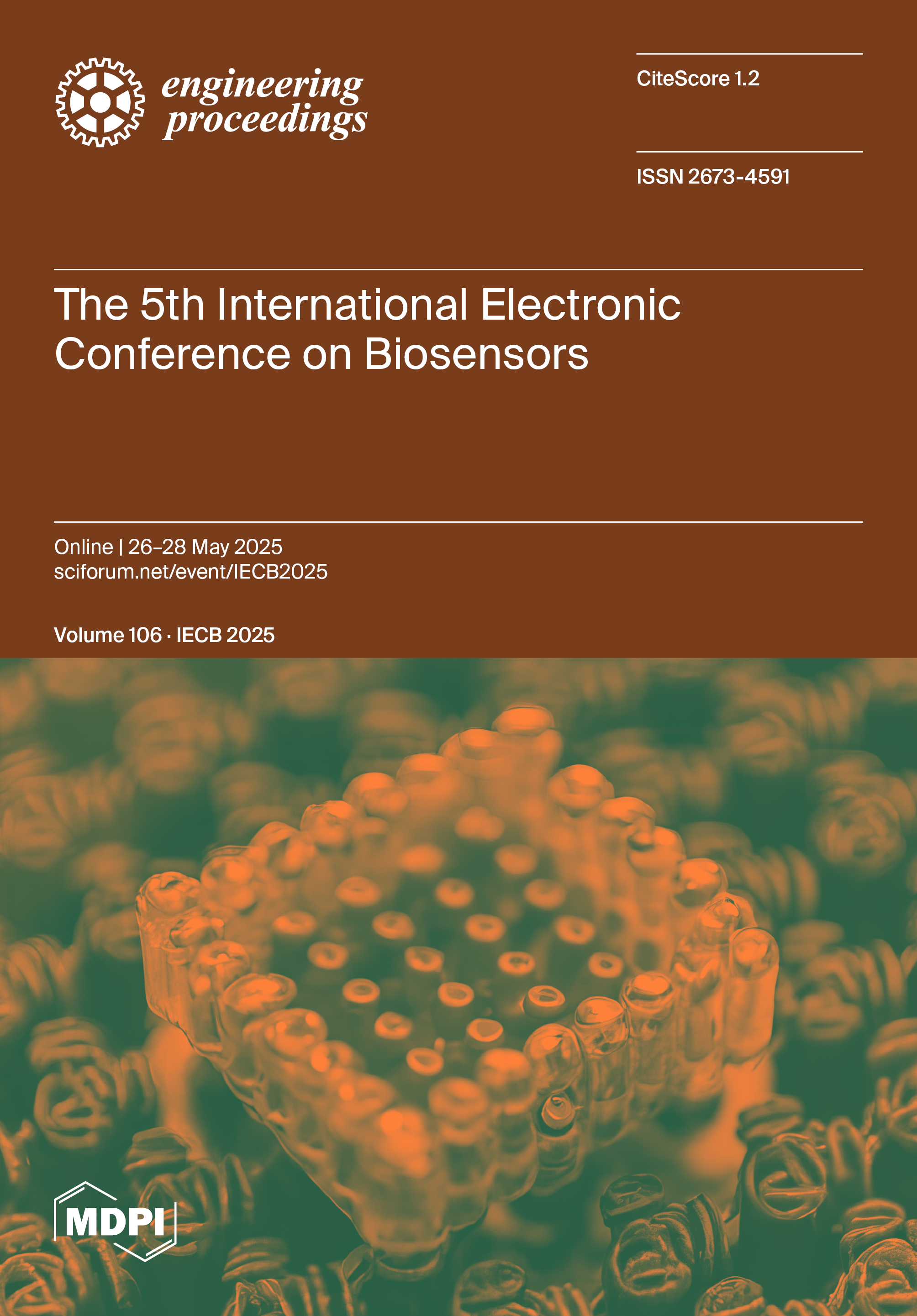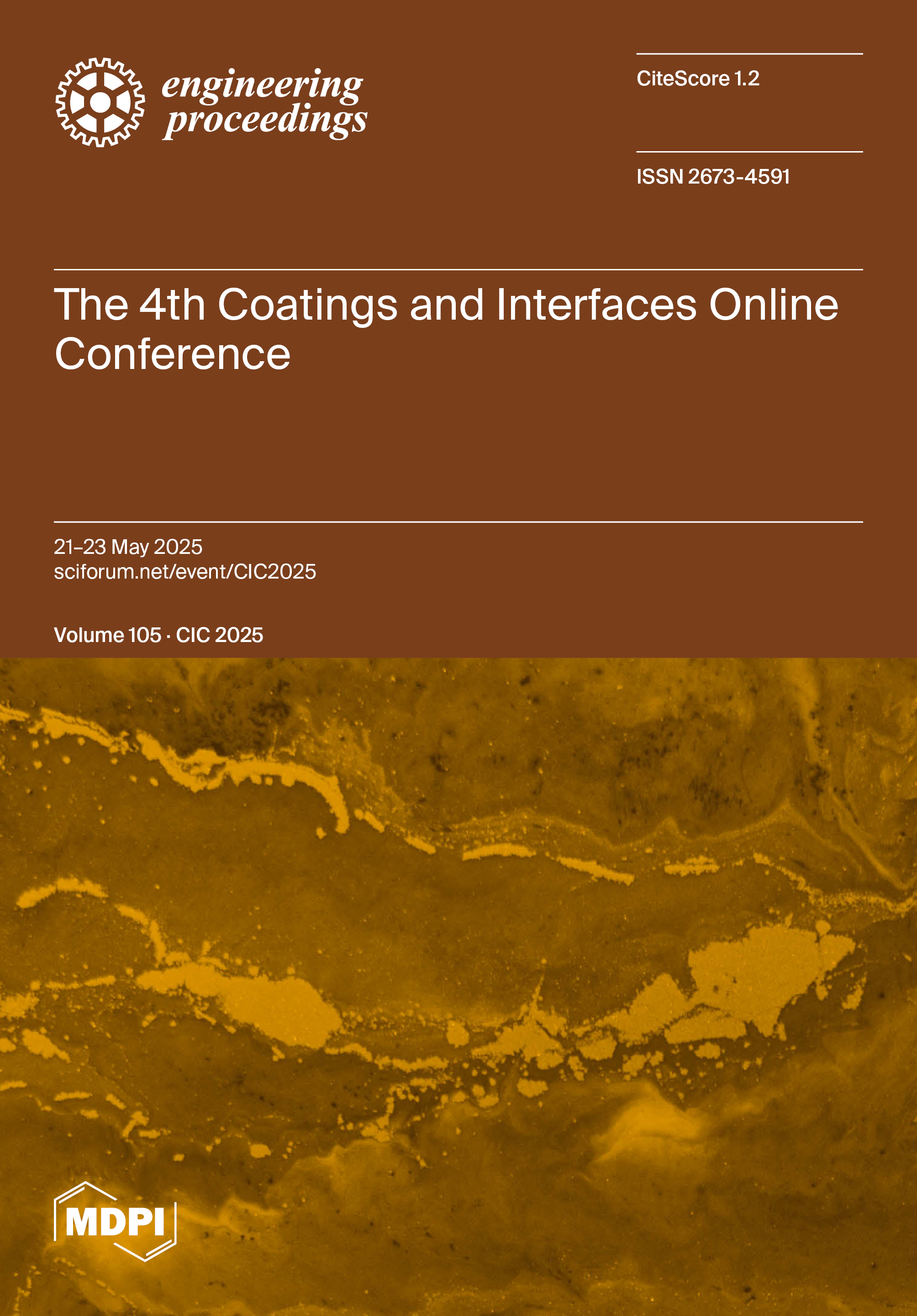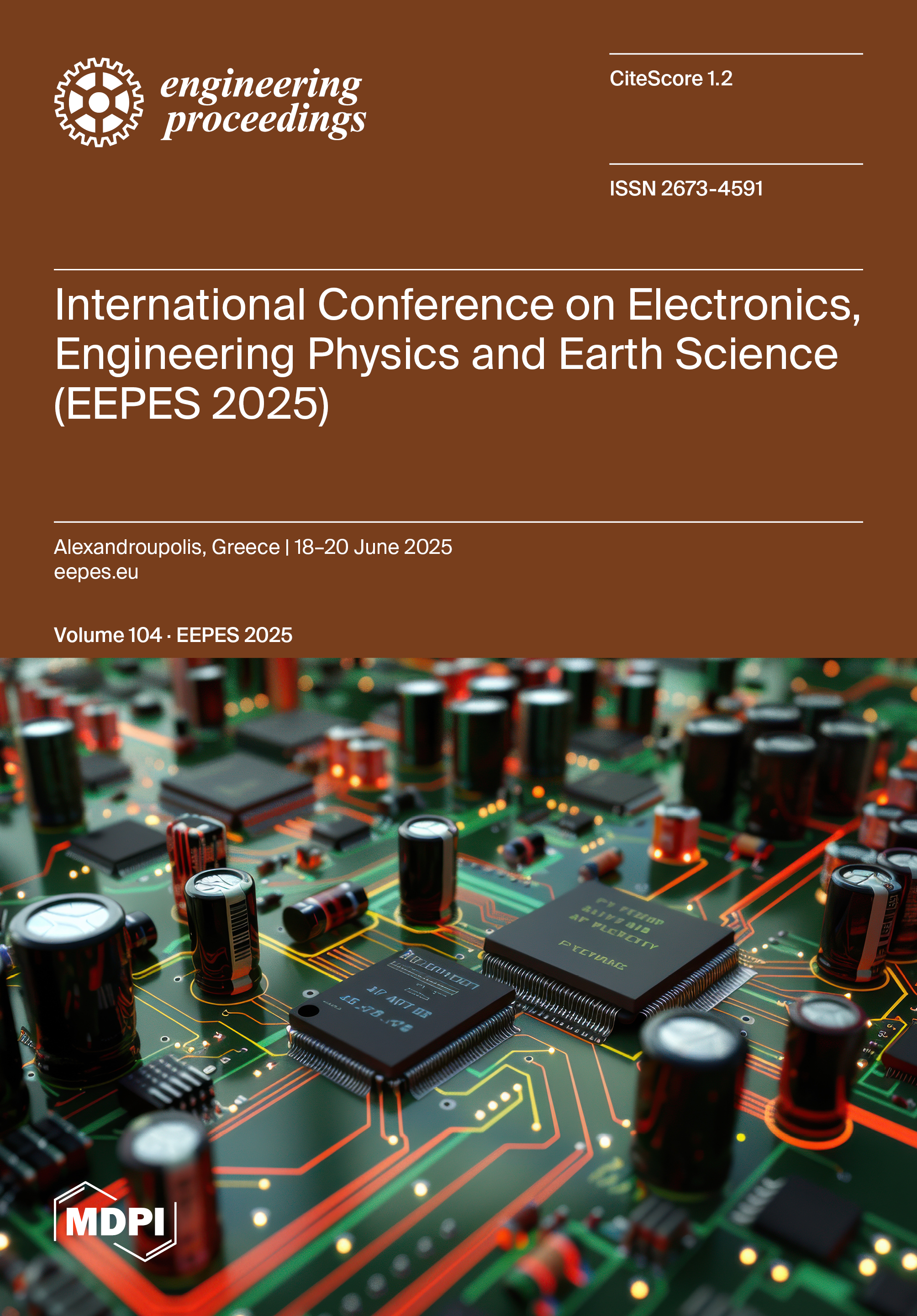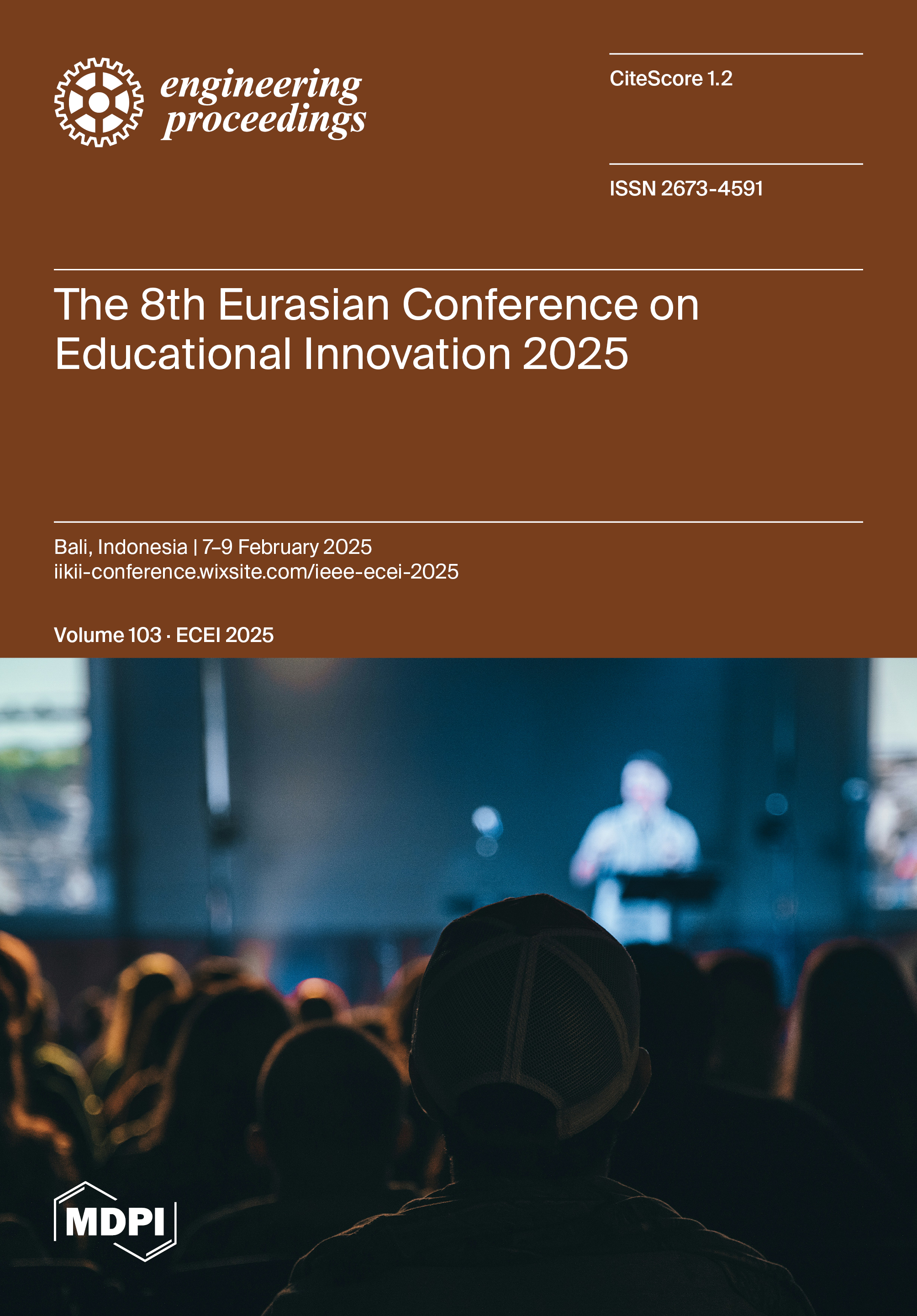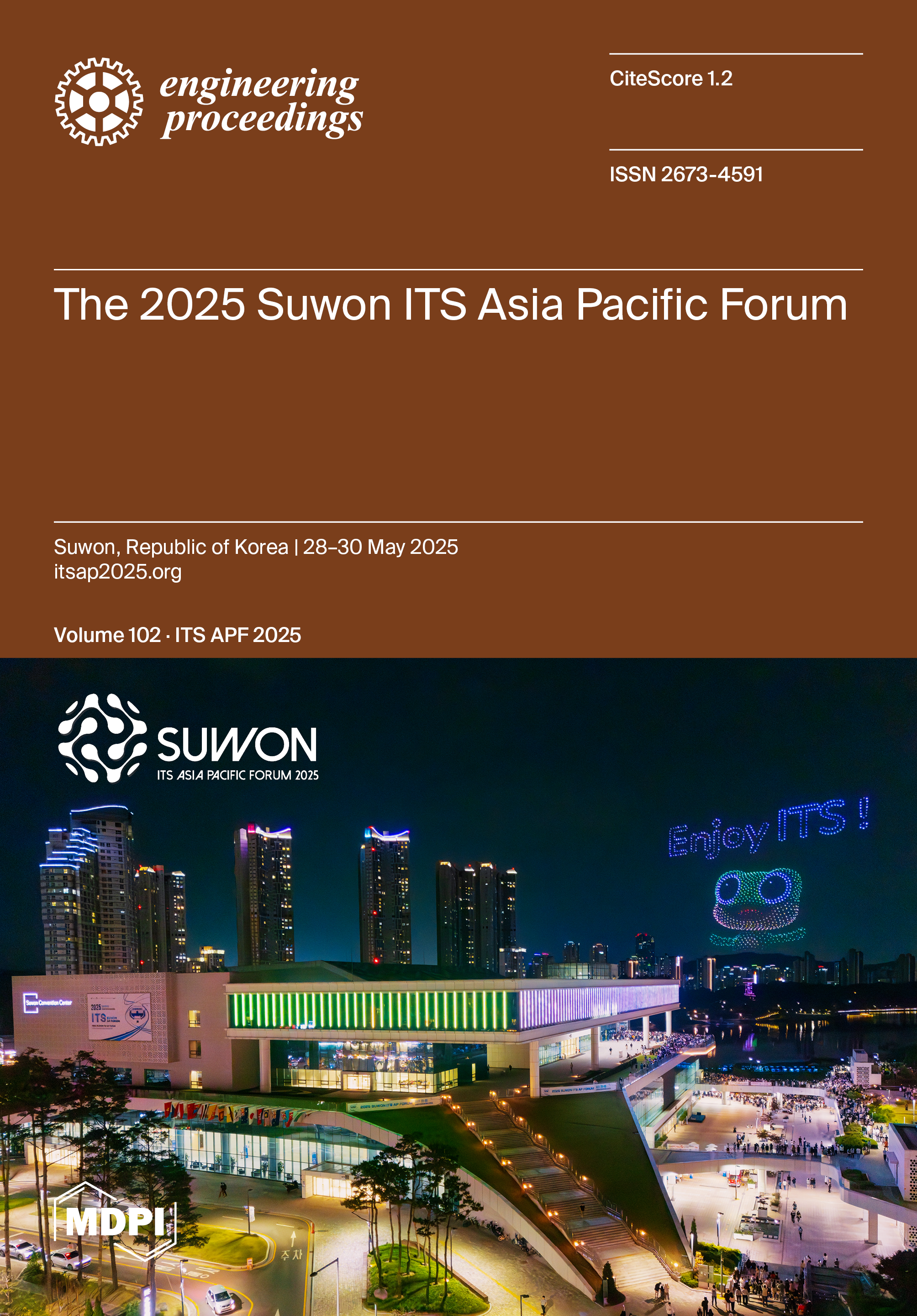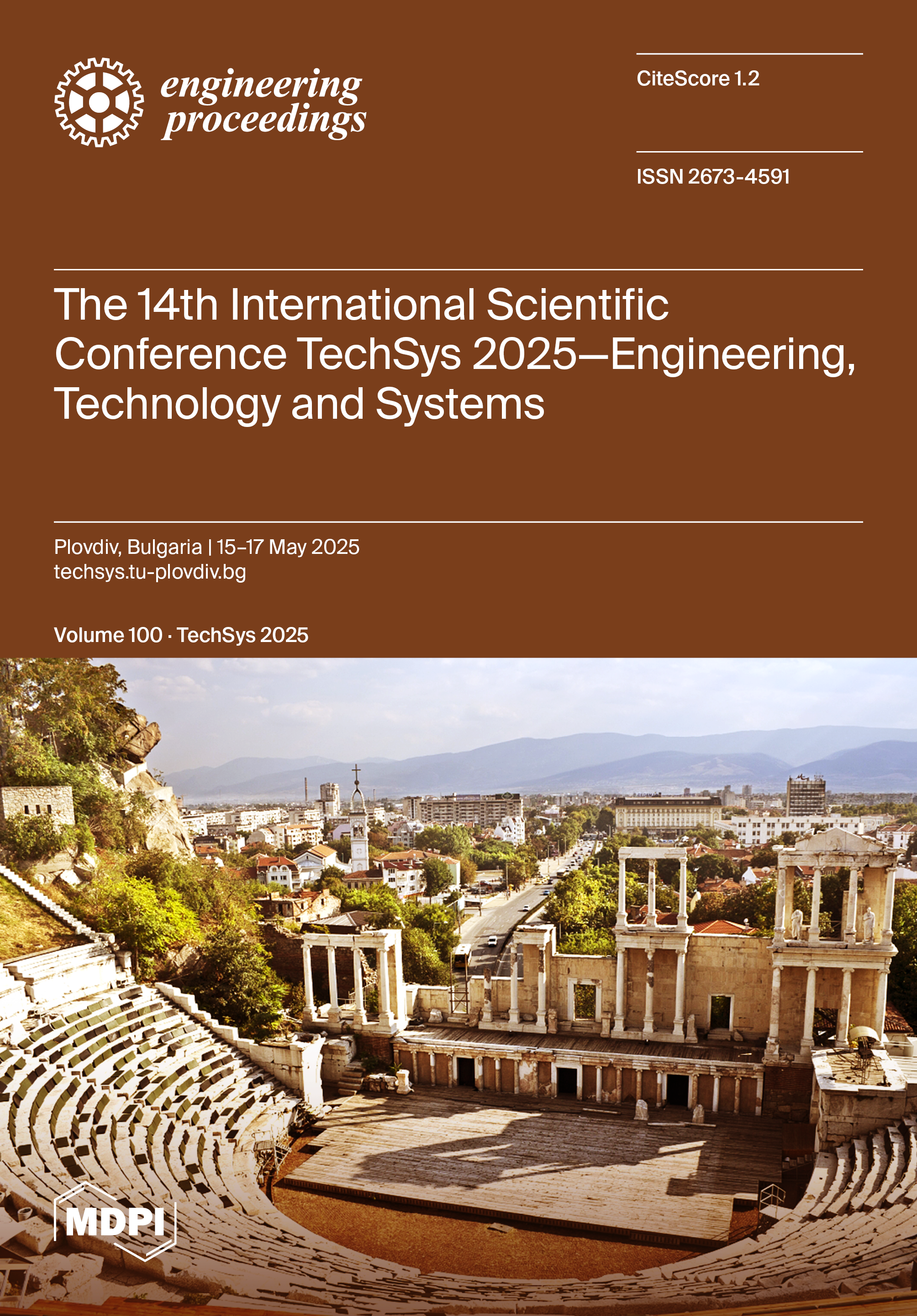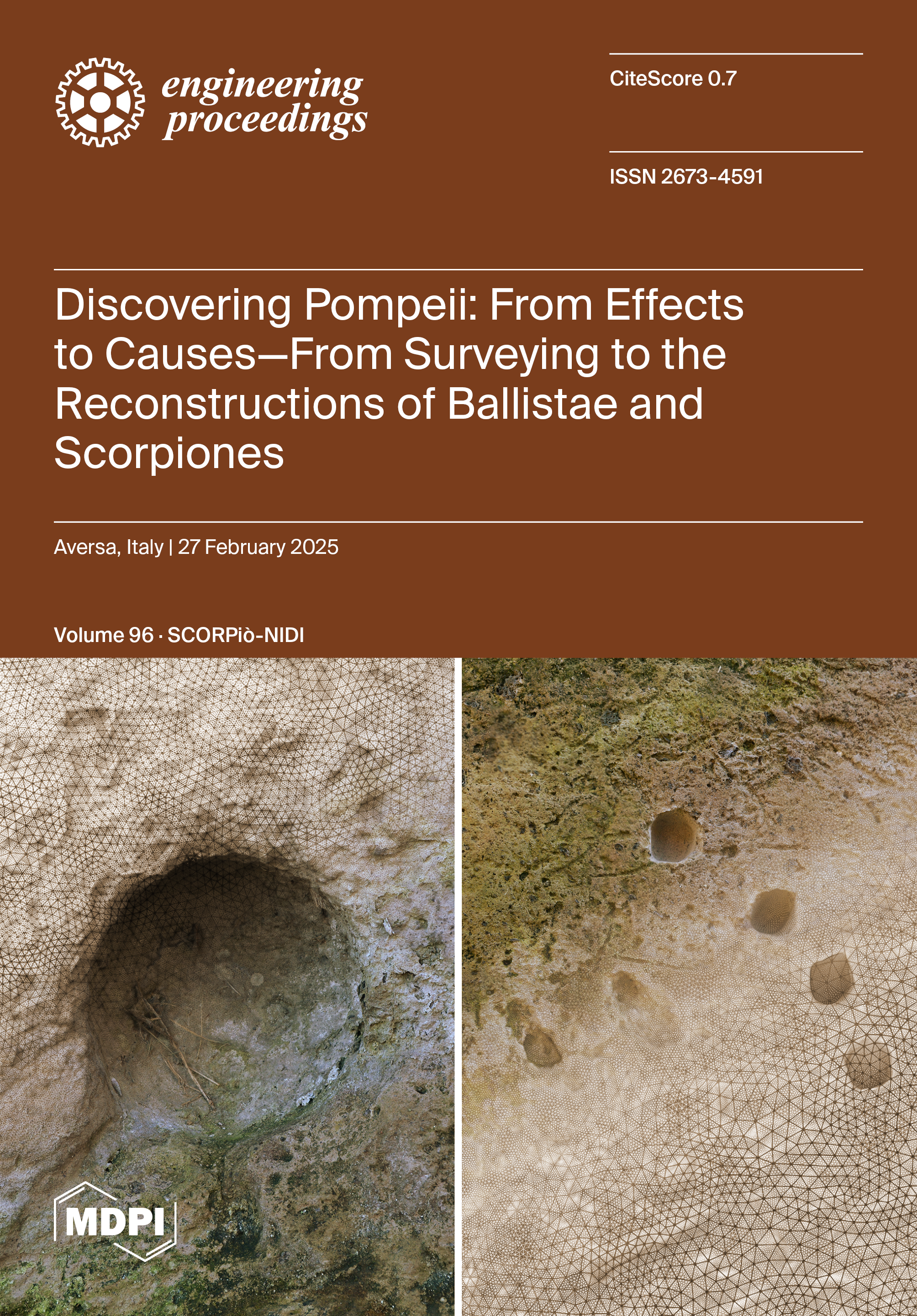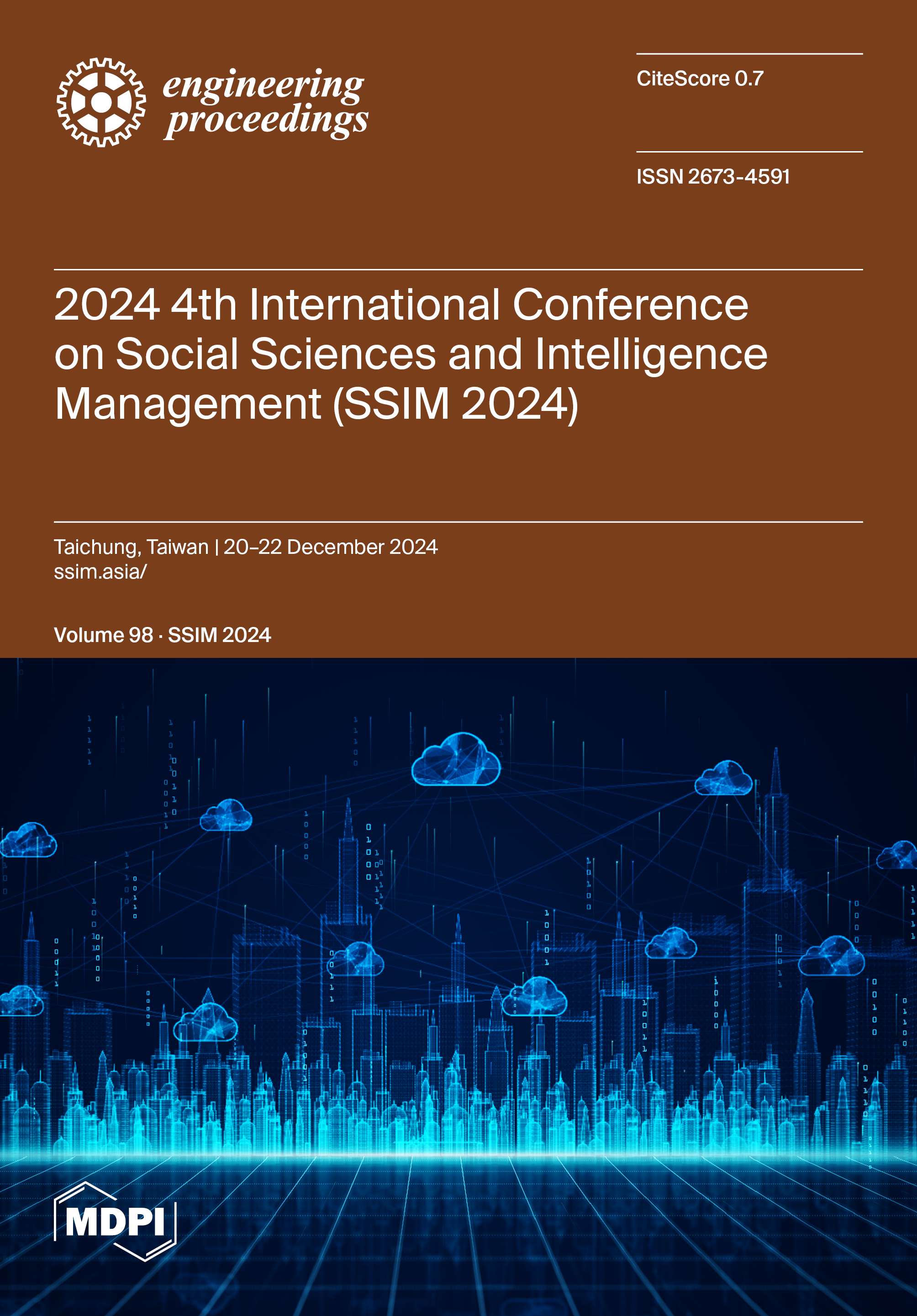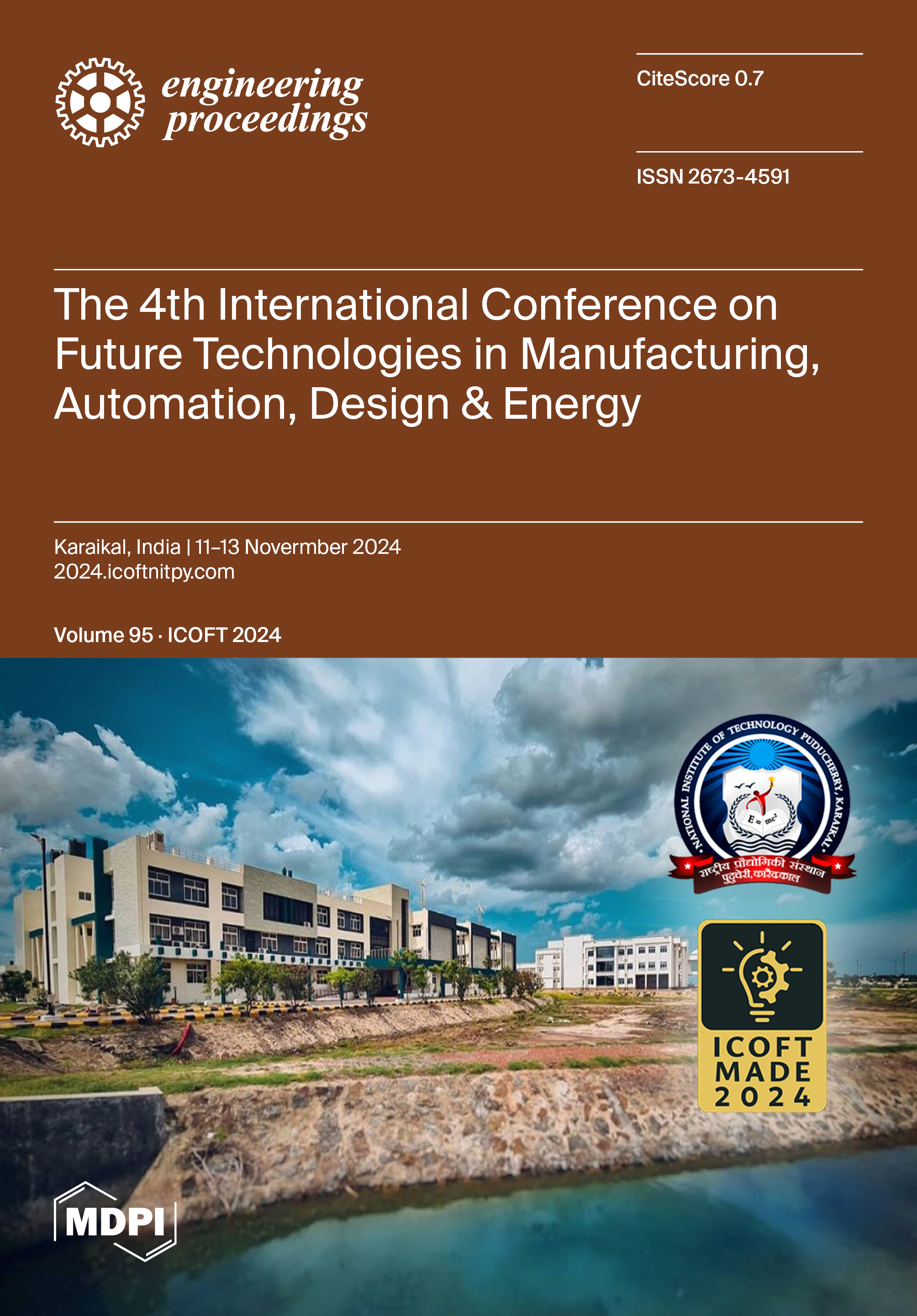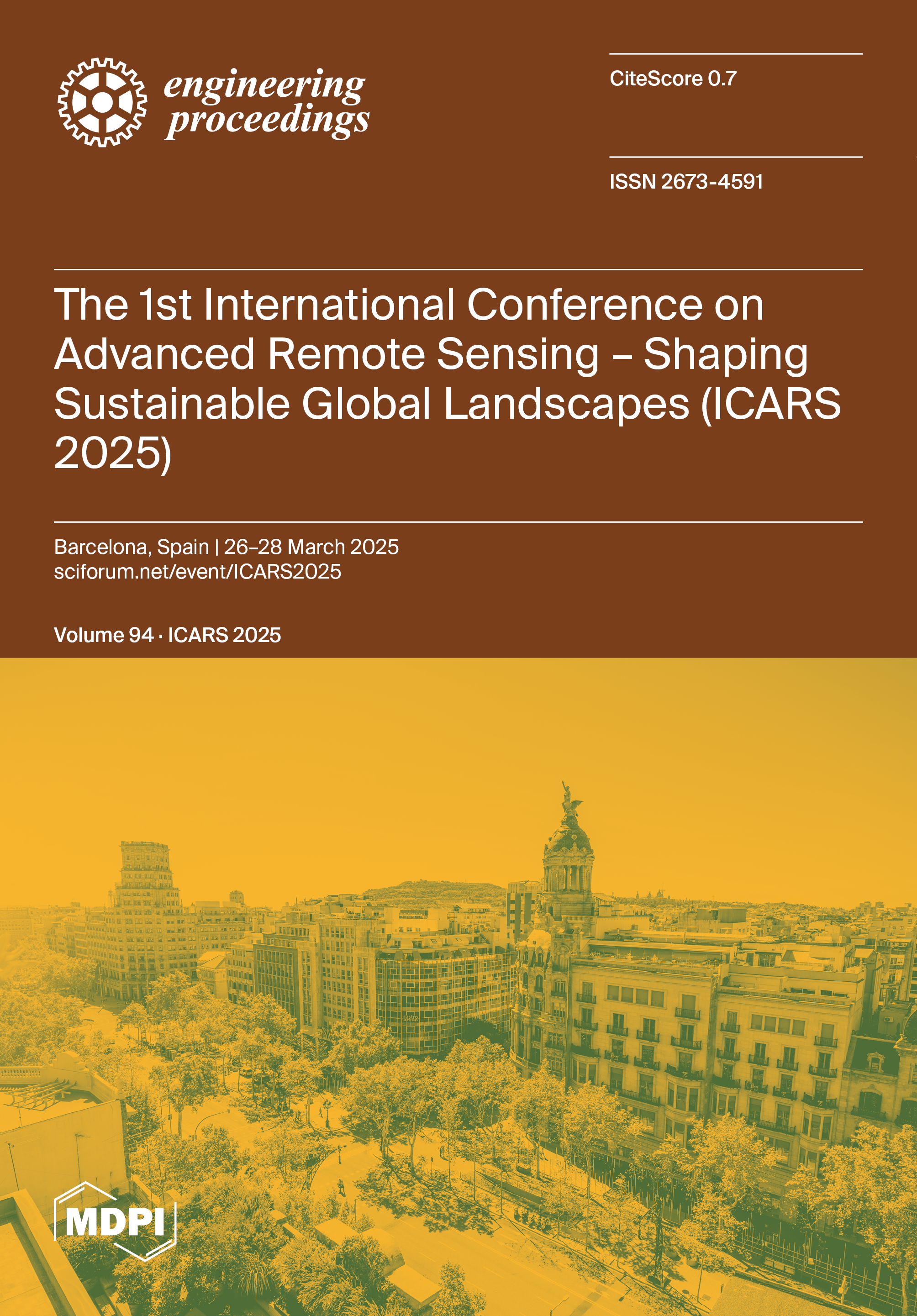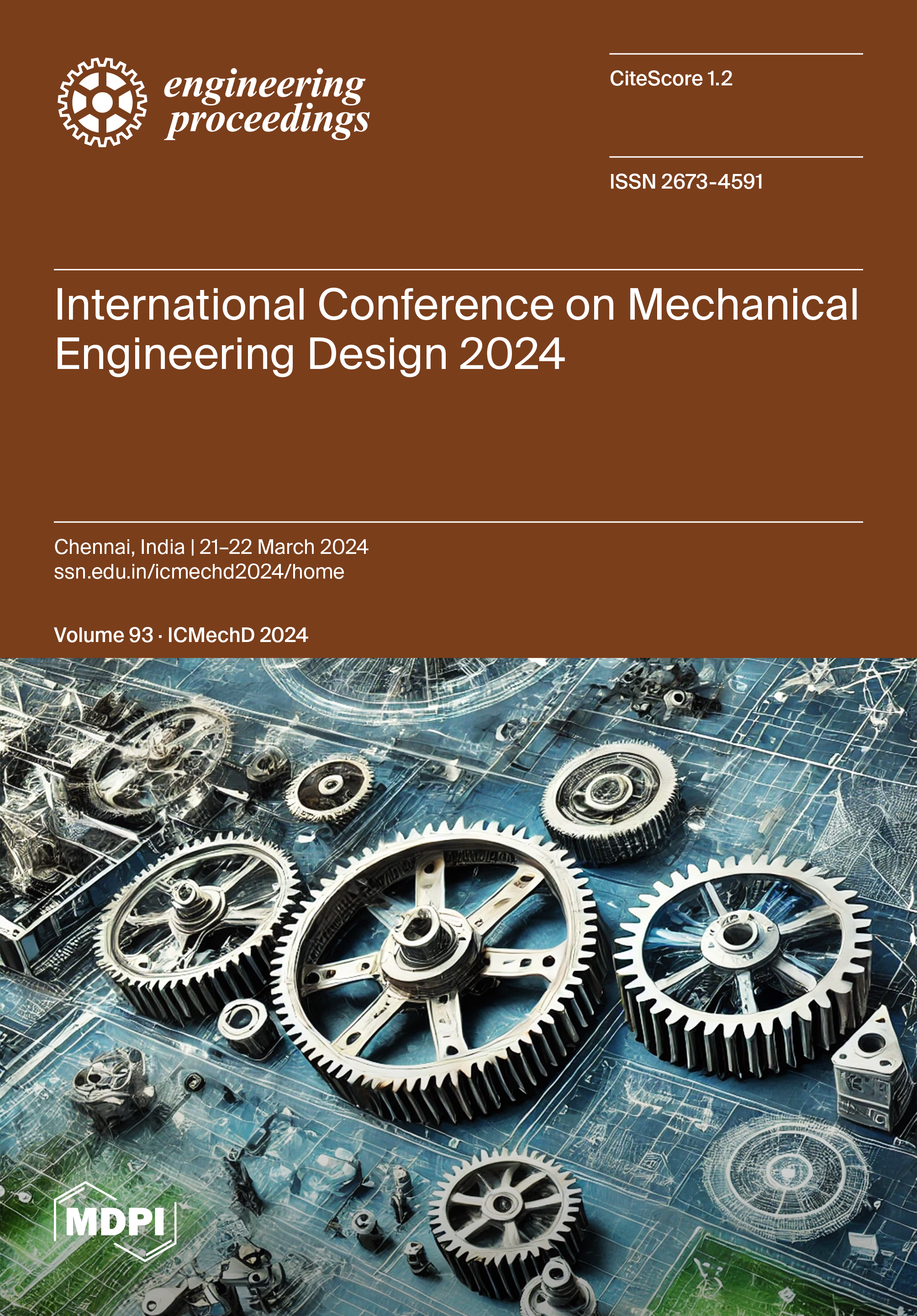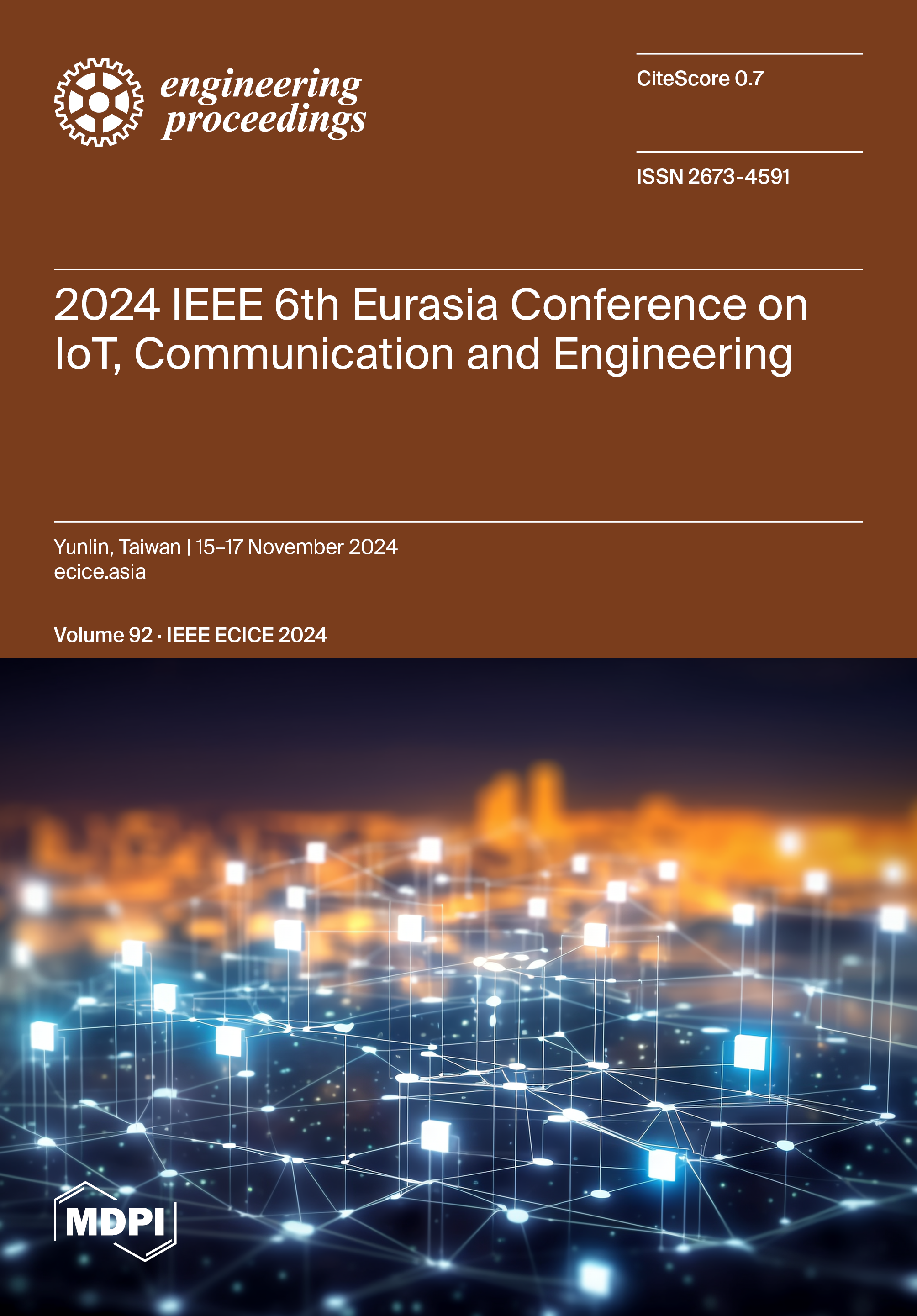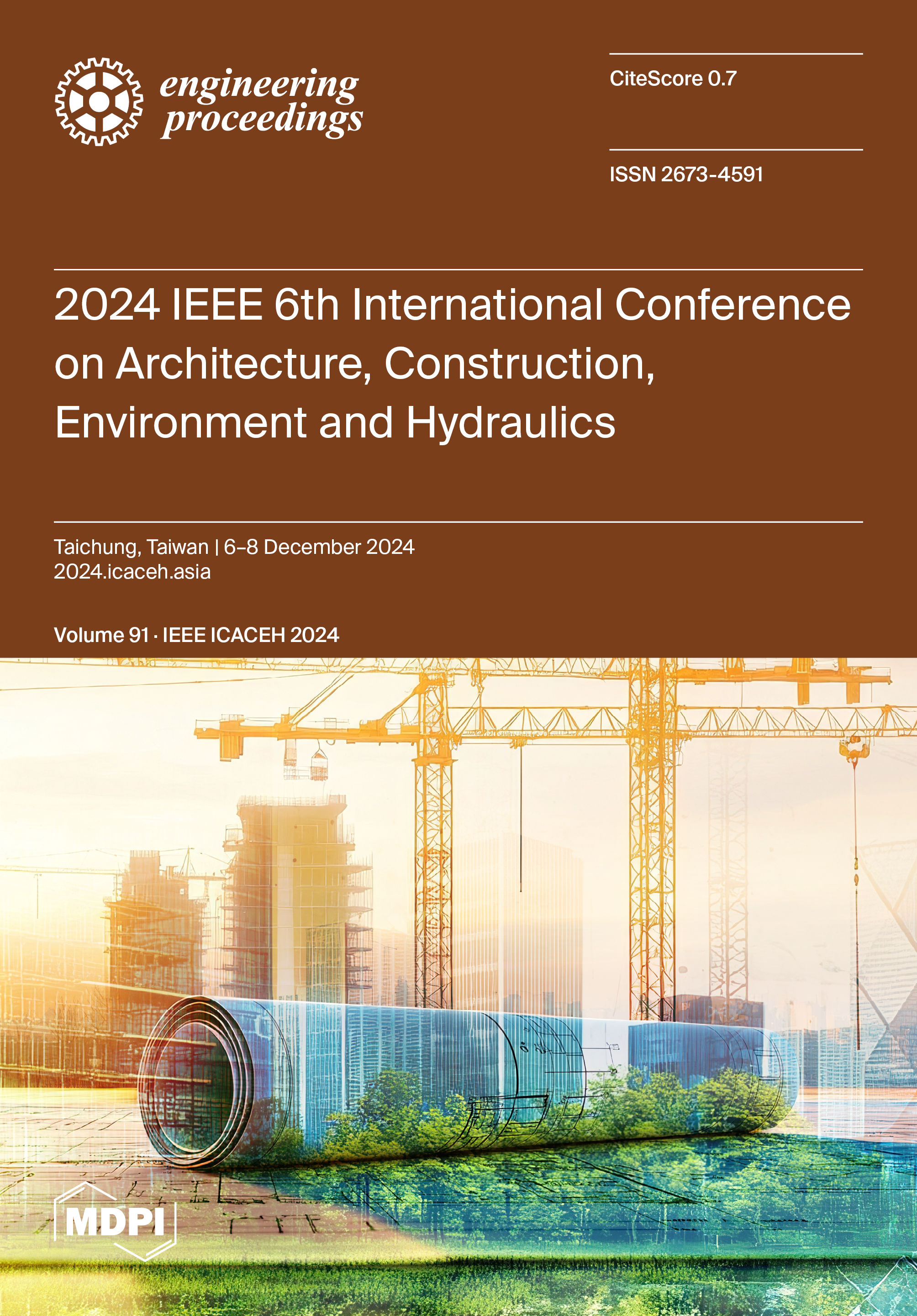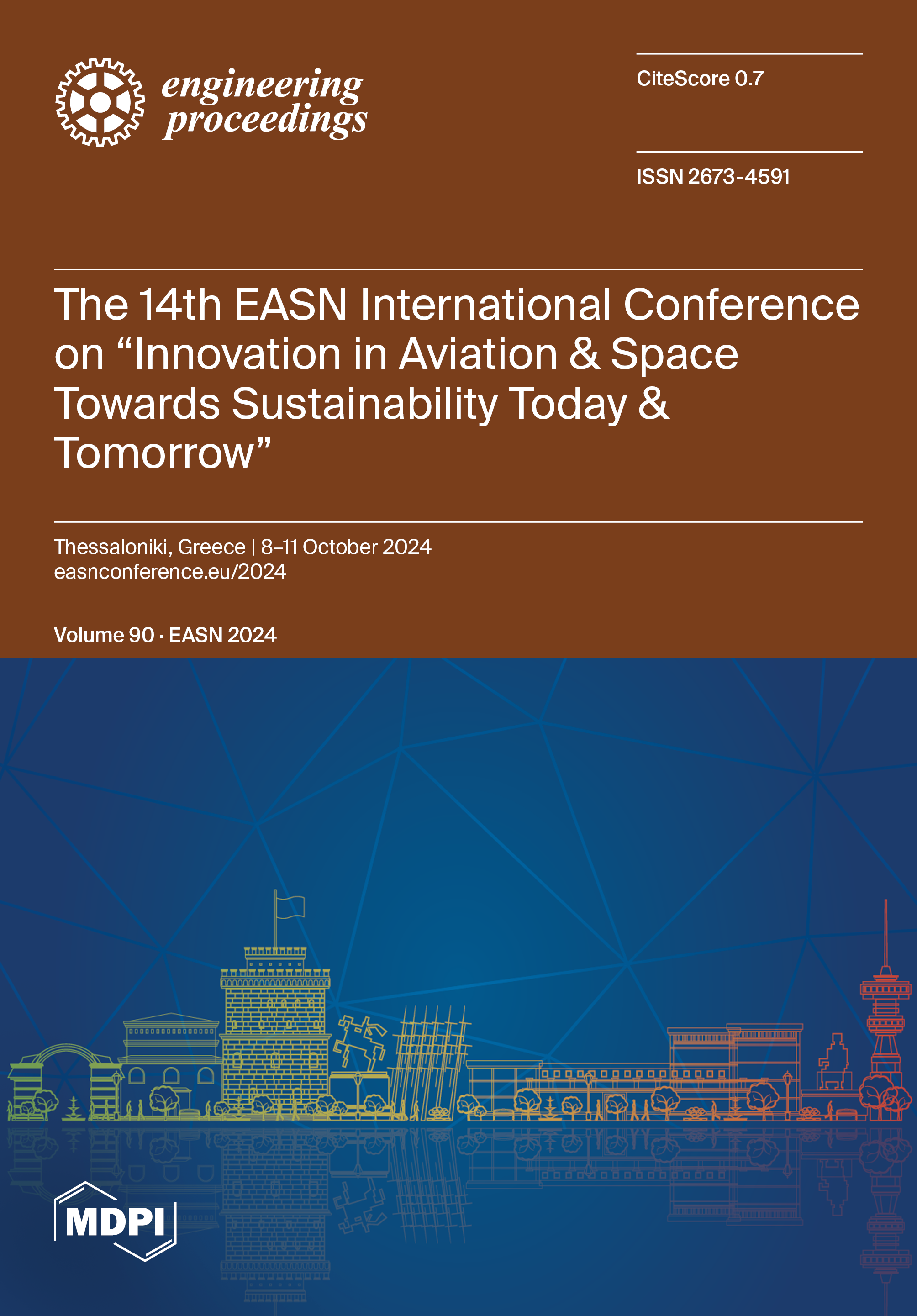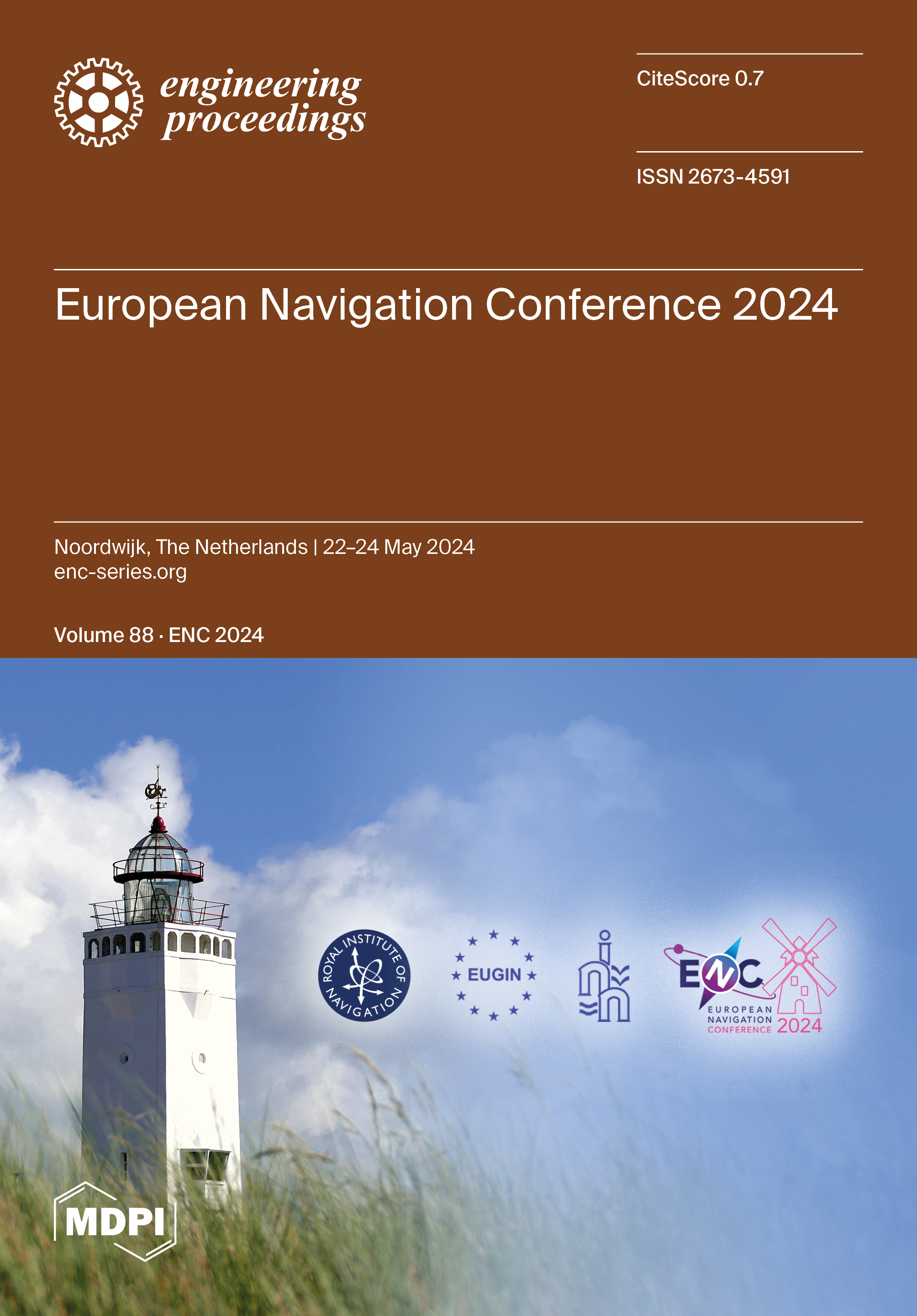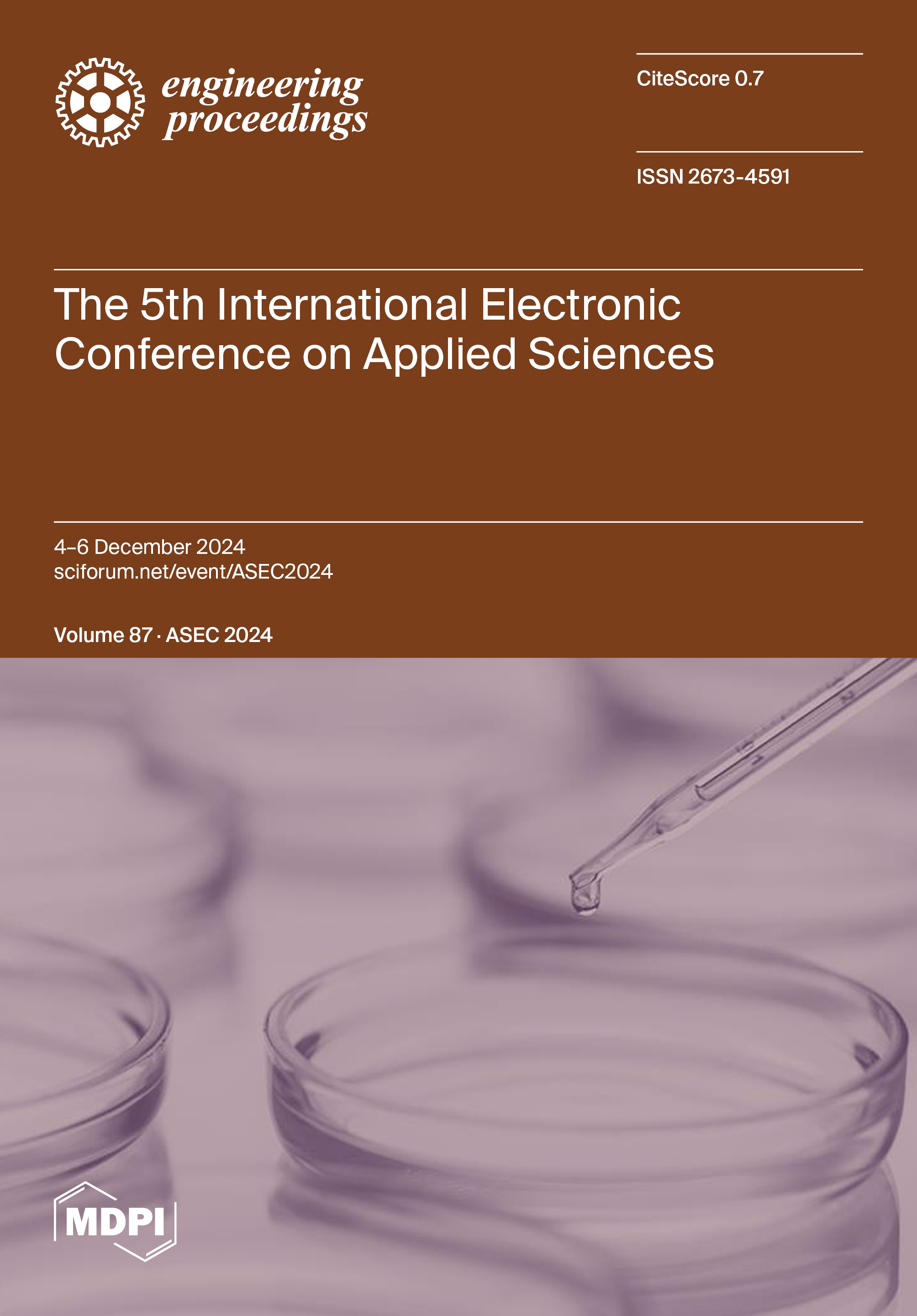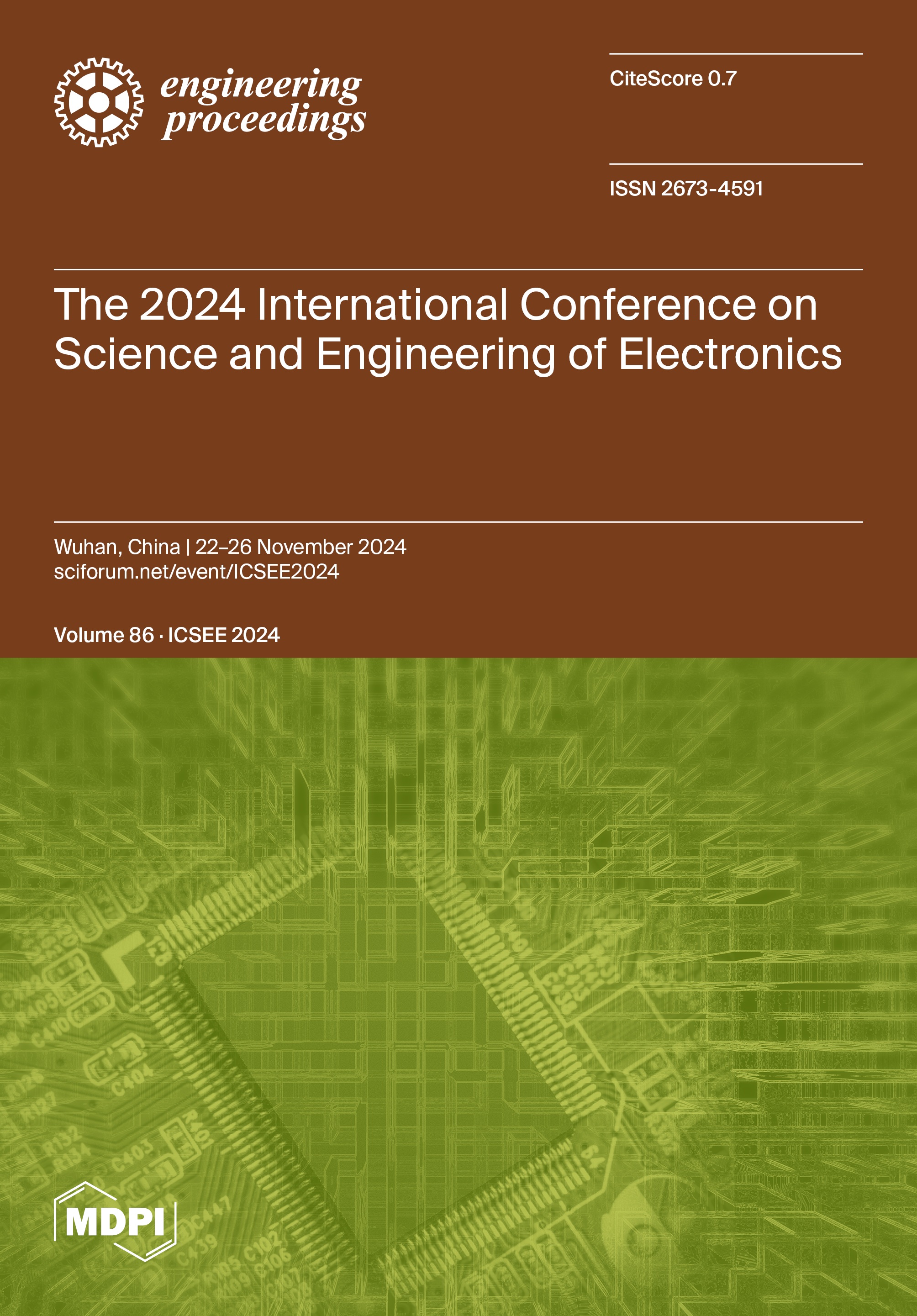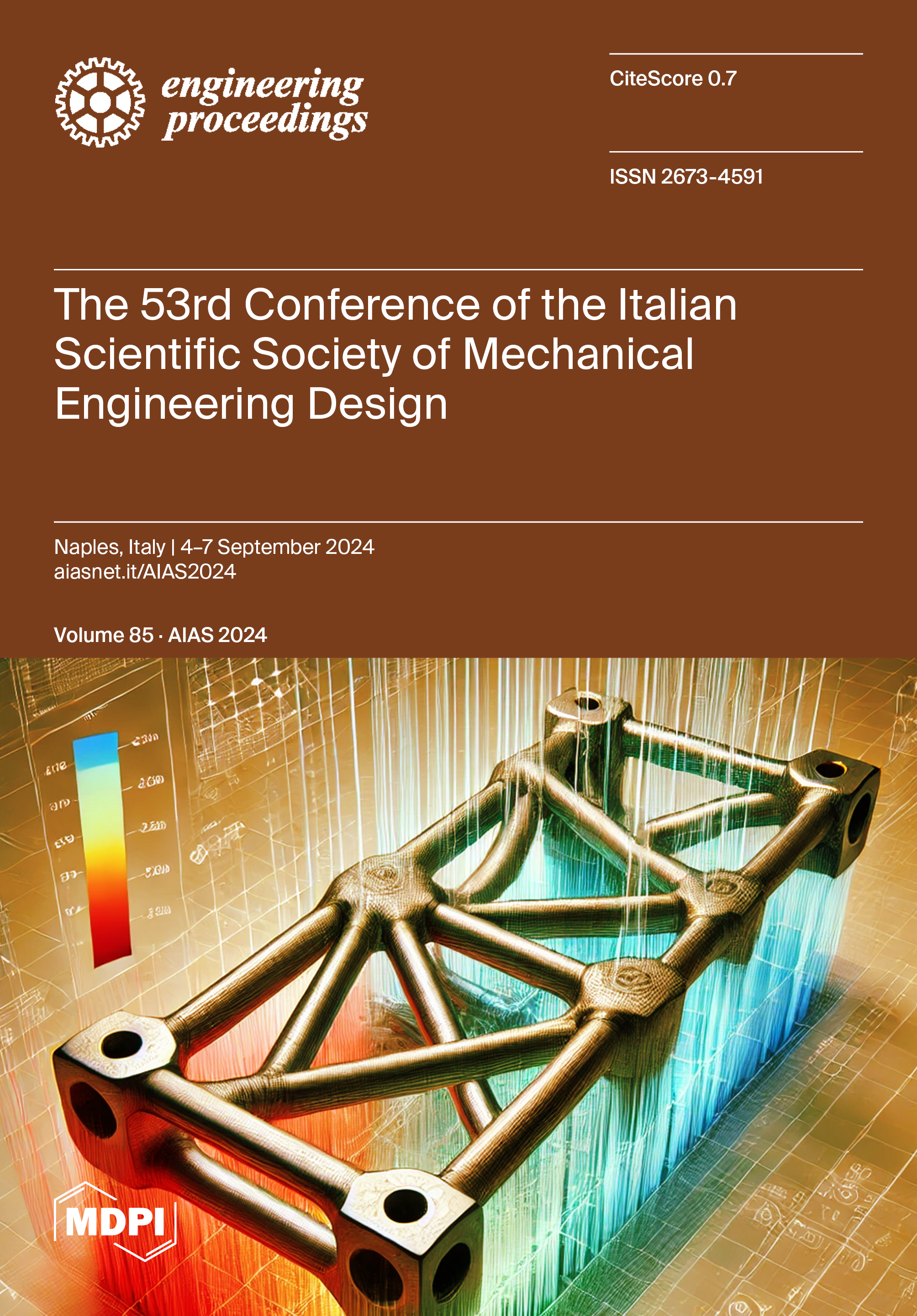- 1.2CiteScore
- 43 daysTime to First Decision
All Issues

Impact Factor CiteScore 1.2 Indexed in PubMed
ISSN 2673-4591
Volume 120 - Issue 1 ICKII 2025 2025

Vol. 120, Iss 1
ICKII 2025

Impact Factor CiteScore 1.2 Indexed in PubMed
ISSN 2673-4591
Volume 119 - Issue 1 ICEAF VIII 2025

Vol. 119, Iss 1
ICEAF VIII

Impact Factor CiteScore 1.2 Indexed in PubMed
ISSN 2673-4591
Volume 117 - Issue 1 ECP 2025 2025

Vol. 117, Iss 1
ECP 2025

Impact Factor CiteScore 1.2 Indexed in PubMed
ISSN 2673-4591
Volume 116 - Issue 1 AEE 2025 2025

Vol. 116, Iss 1
AEE 2025

Impact Factor CiteScore 1.2 Indexed in PubMed
ISSN 2673-4591
Volume 112 - Issue 1 ICATH 2025 2025

Vol. 112, Iss 1
ICATH 2025

Impact Factor CiteScore 1.2 Indexed in PubMed
ISSN 2673-4591
Volume 111 - Issue 1 ICAME 2025 2025

Vol. 111, Iss 1
ICAME 2025
of 4


